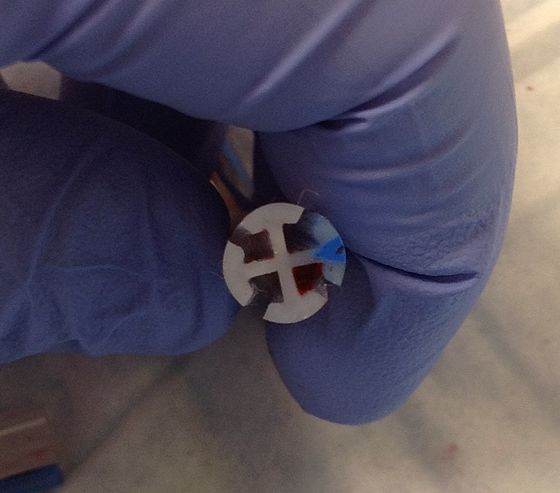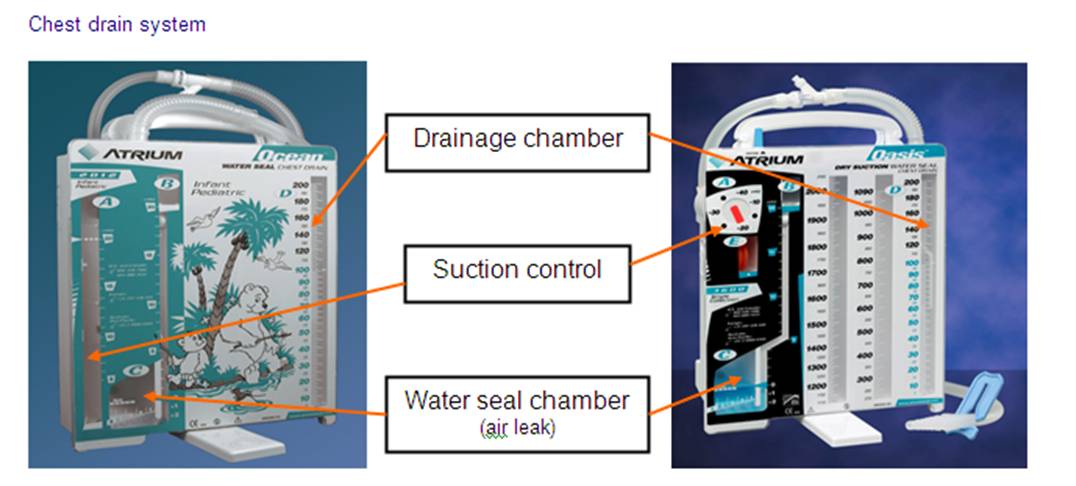You are using an out of date browser. It may not display this or other websites correctly.
You should upgrade or use an alternative browser.
You should upgrade or use an alternative browser.
Chest tubes
- Thread starter luke_31
- Start date
VentMonkey
Family Guy
- 5,729
- 5,043
- 113
What all exactly are you looking for? Our service doesn't have this procedure built in their protocols, but there's this:Anybody got any good information for caring for chest tubes? Not just a protocol is what I'm looking for, but I'll take those too.
https://m.youtube.com/results?q=chest tube&sm=1
And I believe there are a few people on here who have them in their protocols, so there's also this:
http://www.jems.com/articles/print/...simple-thoracostomy-moving-beyond-needle.html
http://www.mchd-tx.org/uploads/2012/10/october-2012-protocol.pdf
TransportJockey
Forum Chief
- 8,623
- 1,675
- 113
When i worked in west texas, we had protocol for insertion. But care for previously placed chest tubes are relatively simple
Sent from my SM-N920P using Tapatalk
Sent from my SM-N920P using Tapatalk
TransportJockey
Forum Chief
- 8,623
- 1,675
- 113
The big things to note, level of water seal, color and amount of drainage, if suction is attached, and to document that they collection device was transported upright.That stuff helps. Didn't learn about them in medic school and monitoring them during transport is expected out here. We don't even have anything in our protocols for how to monitor or document the monitoring.
RocKetamine
Forum Crew Member
- 60
- 33
- 18
What all exactly are you looking for? Our service doesn't have this procedure built in their protocols, but there's this:
https://m.youtube.com/results?q=chest tube&sm=1
And I believe there are a few people on here who have them in their protocols, so there's also this:
http://www.jems.com/articles/print/...simple-thoracostomy-moving-beyond-needle.html
http://www.mchd-tx.org/uploads/2012/10/october-2012-protocol.pdf
Unless I'm missing it MCHD doesn't have a chest tube protocol, only pericardiocentesis.
VentMonkey
Family Guy
- 5,729
- 5,043
- 113
From my understanding it is (was) for traumatic arrest patients, and it wasn't a full chest tube TMK.Unless I'm missing it MCHD doesn't have a chest tube protocol, only pericardiocentesis.
But hey, I could be wrong. It wouldn't be the first time
RocKetamine
Forum Crew Member
- 60
- 33
- 18
From my understanding it is (was) for traumatic arrest patients, and it wasn't a full chest tube TMK.
But hey, I could be wrong. It wouldn't be the first time.
Ah you're right that's in their current guidelines, just saw the ones above are from 2012. They can do a simple thoracostomy and/or pericardiocentesis on their traumatic arrests.
VentMonkey
Family Guy
- 5,729
- 5,043
- 113
Yeah, it dawned on me after I sent my initial post that those were their outdated onesAh you're right that's in their current guidelines, just saw the ones above are from 2012. They can do a simple thoracostomy and/or pericardiocentesis on their traumatic arrests.
VFlutter
Flight Nurse
- 3,728
- 1,264
- 113
The big things to note, level of water seal, color and amount of drainage, if suction is attached, and to document that they collection device was transported upright.
Pretty much this. I would make sure I knew what type of tube (Most commonly Pleural but could be a Mediastinal), what the tube was placed for (pneumo vs effusion), water seal or suction ( usually -20 or -40), assess for air leak and tidaling, average output for the past few hours, output appearance, and assess the insertion for subcutaneous emphysema.
I would also mark the drain before transport and if it is getting close to full I would just have them change it out before leaving. Also secure the tube to the patient so that if the drain gets pulled it does not pull at the insertion site. If there are multiple chest tubes make sure you grab some Y suction adapters and extra tubing if you are short on suction regulators. You can usually get 4 chest tubes on one regulator and still maintain -20 suction. At least in the hospital. If the chest tube dumps more than 1500ml I would clamp it and call.
Some random Chest Tube facts..
Pleural Chest Tubes are the most commonly seen and are placed in through the chest wall into the pleural space. Most commonly used for pneumothorax, pleural effusions, and hemothrorax. The two common types are Wayne (pigtail) or Thal-Quick (straight). Wayne tubes are smaller, more comfortable, and are placed for pneumothorax and small effusions. Thal-Quick are larger, stiffer, and used to drain large effusions and hemothroax.
Mediastinal drains are placed into the mediastinum during cardiac surgery, most commonly subxiphoid. They will be Thal-Quick or Blake tubes. Blake tubes are a softer more flexible plastic with drainage channels. Usually not on suction.
Thal-Quick

Wayne

Blake


Last edited:
